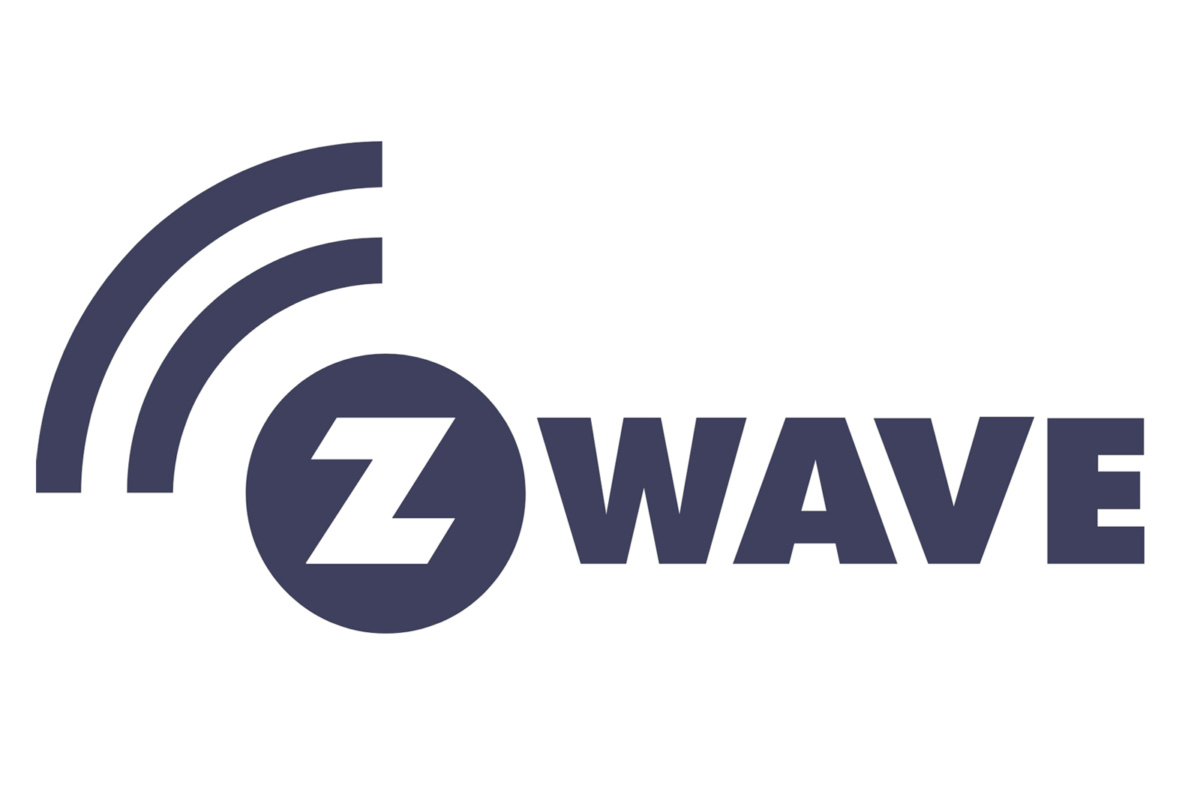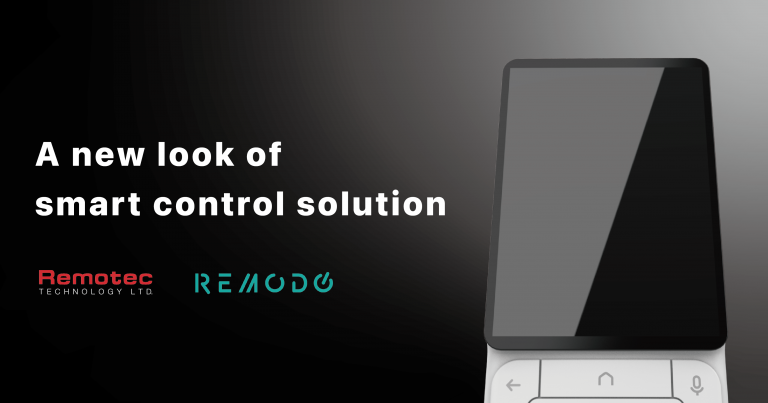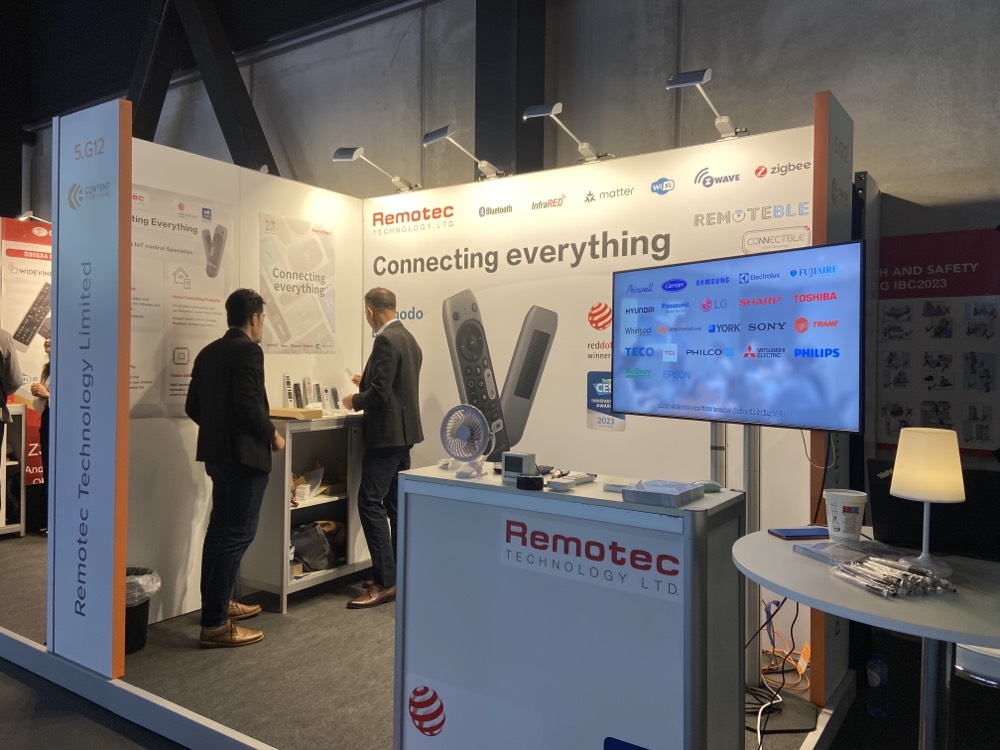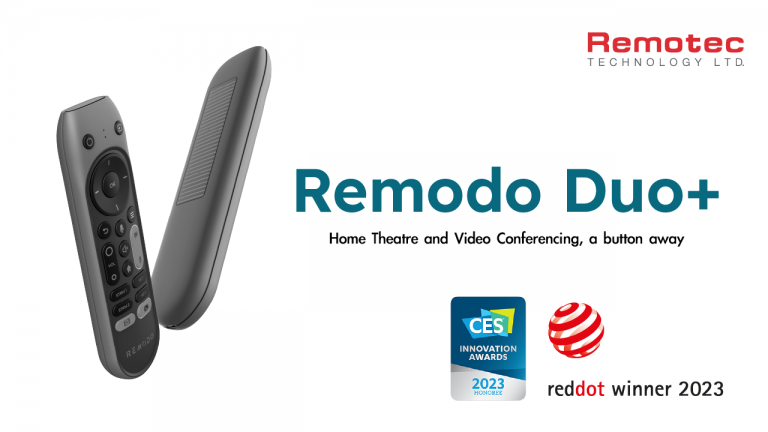Z-Wave is a proprietary wireless communications protocol designed for home
automation, and uses a low-power and low-bandwidth RF wireless technology
for remote control application. Its frequency is about 900MHz and uses mesh
networking technology for home electronics devices and systems, such as lighting,
home access control, entertainment systems and household appliances in
a range about 30 meters between nodes. It is firstly developed by Zensys and then acquired by Sigma Designs, and supported
by the Z-Wave Alliance which is an international consortium of manufacturers
that provide interoperable Z-Wave enabled devices. Z-Wave Plus is a new certification program based on Z-Wave hardware platform
500 Series, the 5th Generation Z-Wave. Z-Wave Plus extended the capabilities
with increased range, extended battery life, over The Air upgrading (OTA), additional
RF channels and more which are fully backwards compatible with existing
Z-Wave products.
Z-Wave Plus V2, the 700 Series or Gen7, builds on the work of Z-Wave Plus and
the improvements of S2 and SmartStart. Z-Wave Plus V2 has massive increases
in wireless range up to 200 meters in open space, superior security, faster operation
while decreasing power consumption that up to 10 years battery life. It
also come with build in SAW filter to support multiple frequencies.
To certify products, companies must join the Z-Wave Alliance at the Manufacturer
level or higher. Brander members may adopt certified products and may
hold a license to use Z-Wave certification marks, but cannot submit their own
products for certification. The Z-Wave certification program consists of 2 mandatory
components: Technical Certification and Market Certification. Both components
must be successfully completed before a device certification number can
be issued and products can feature the Z-Wave interoperability logo badges.






